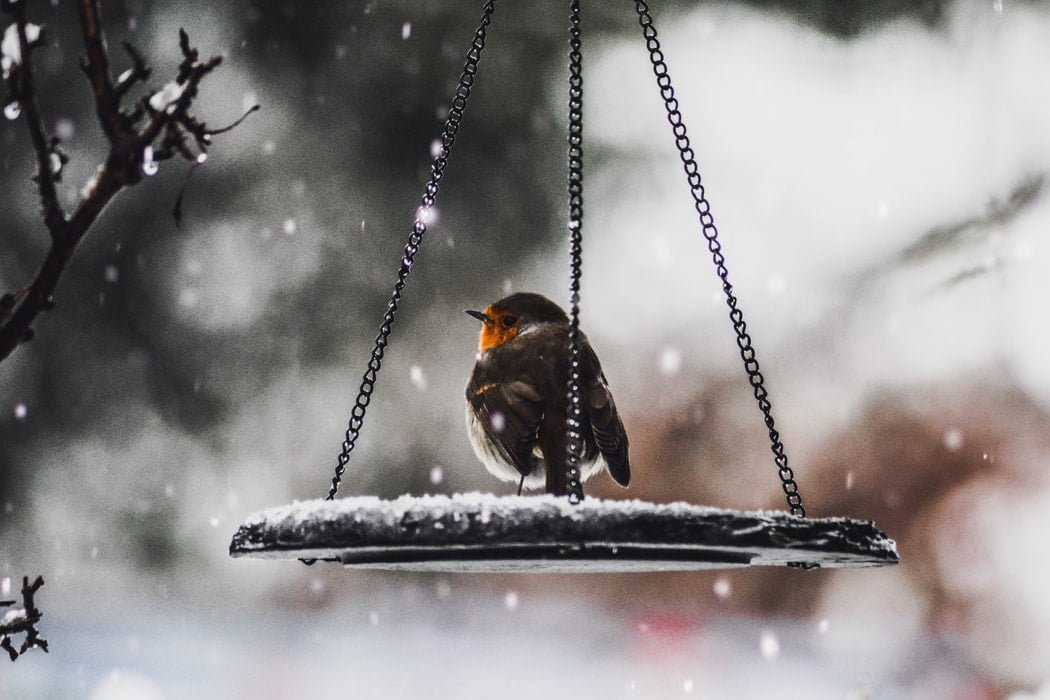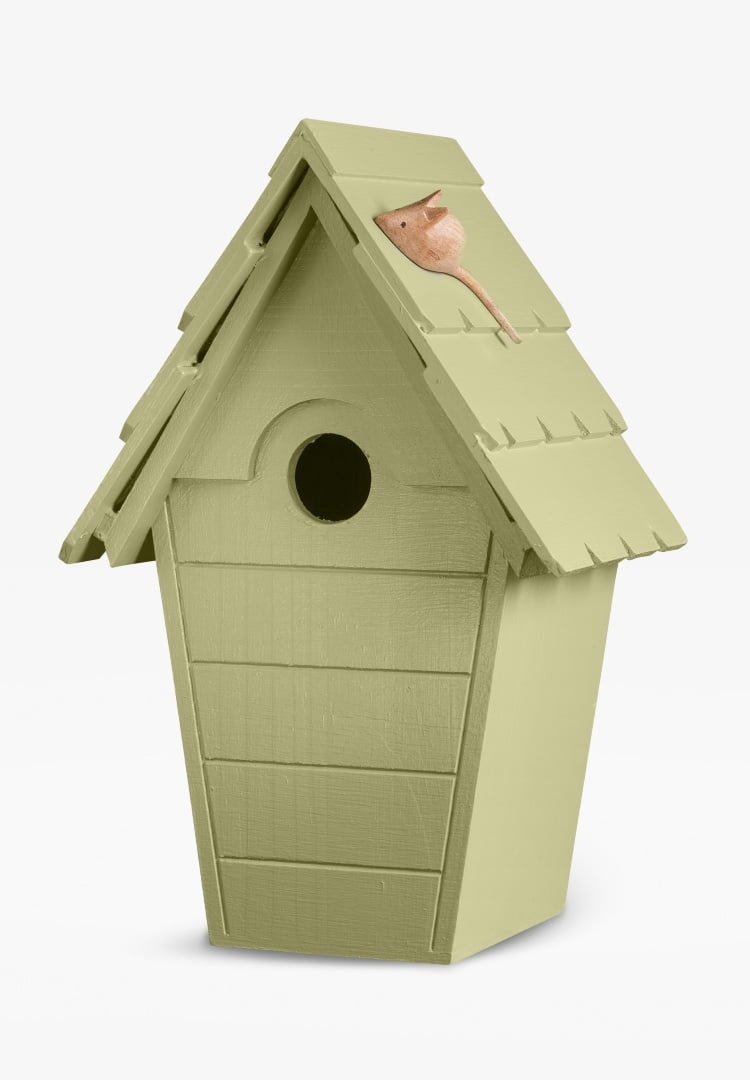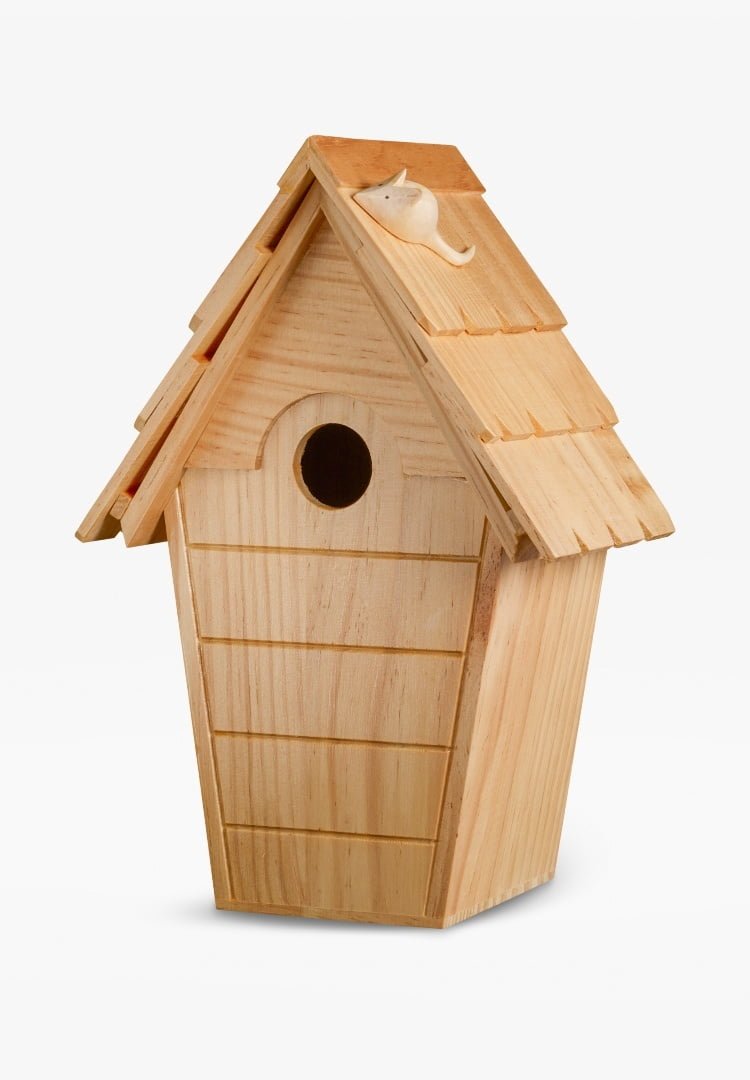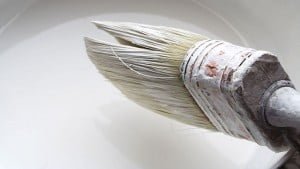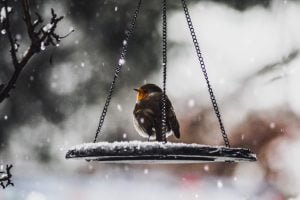Winter is on the horizon, and with the drop in temperature comes a change in the landscape. But, with so much to feast your eyes on, how can you be sure you’re making the most of this wonderful season?
Here, Kathryn Eccles from equestrian and pet product suppliers Millbry Hill highlights some of the best and most beautiful elements of nature you should keep your eye out for this winter.
Us Brits love getting out in the fresh air and taking a stroll, with a survey by Skipton Building Society revealing that walking in the countryside is actually our favourite activity for unwinding (as reported by Country Living).
And, while simply being outdoors might be reason enough for many to pull their boots on this winter, it’s worth noting that the colder weather introduces plenty of opportunities to experience new elements of nature.
From distinguishing tree species that have lost their leaves to spotting birds that come alive in the winter, there is so much you should keep your eyes peeled for.
Here, I’ll be talking you through some of the best elements of nature that thrive in the colder months.
Common trees to look out for
Trees are one of the most common natural features you’ll see on your walks in the countryside, with the UK having at least fifty native species (Woodland Trust). And, with the UK’s largest annual tree celebration upon us — known as National Tree Week, which begins on the 23rd of November — there’s no better time to get outdoors and admire the plant life around us.
Some of the most common trees that you’ll see on your winter strolls include:
- Alder: Usually found in moist grounds like marshes and wet woodland
- Beech: Beeches prefer drier soils that have been well-drained
- English oak: This is the UK’s most common tree, with plenty around in southern and central England
- Hawthorn: You’ll usually find this in scrubland and the woods
- Silver birch: Silver birches are most common in dry woodlands
But how do you know which tree is which? Next, I’ll be explaining how you can identify the different tree species during the colder months.
How to identify trees in winter
With winter fast approaching, leaves are falling, and branches are left looking bare, which makes it difficult for walkers to distinguish the tree species they see on their travels. But there are usually a few clues if you look closely enough.
Inspect the leaf buds
The leaf buds will give you the biggest hints as to which tree it is. Looking at elements such as the colour, size, how they’ve arranged the twigs, and their texture can all be tell-tale signs.
For example, beech trees will have leaf buds on either side of the twigs that are distinctively pointed and not pressed against the twigs, while leaf buds on a field maple are smoother, smaller, egg-shaped and spaced out along the twig.
Take a look at the bark
Although it’s not the easiest way to identify tree species, looking at the bark of a tree could give you a few extra clues. For example, sycamore trees have a silvery bark that’s often covered in cracks and peeling scales that come with age.
Silver birch is similar in colour and texture, but they may have black diamond shapes and uneven bobbling at the bottom of the tree trunk.
In contrast, ash trees have a grey-brown bark that has ridges, while oak trees are smooth and grey-green when the trees are young but feature a lot of criss-cross ridges when they’re older.
Consider the tree shape
The shape of the trees you see on your countryside walks can help you to distinguish which species it is. For example, field maples tend to be rounder, ash trees are slimmer, and silver birches have branches that droop.
Keep an eye out for birds that thrive in winter
The long, cold nights of the British winter make it impossible for some of our birds to stay put, with many migrating over to warmer climates. However, there are some species that stay behind and thrive through the winter.
The robin has become a symbol of winter for many people and is typically associated with Christmas and the festive season. Even if you don’t manage to see one, you’re sure to hear them still singing throughout the winter months. Similarly, chaffinches stick around during the British winter, and if you can’t find them flying around, try a woodland where they usually are searching for seeds.
Other resident winter birds you may see include blue tits, goldfinches, goldcrests and bramblings. However, if you’re interested in seeing what visitors we have during these months, look out for redwings and waxwings who have migrated from the cooler climates of Scandinavia and Russia.
Spot the winter wildlife
When the leaves on trees and bushes are full, it can be difficult to spot the wonderful wildlife we have here in the UK, so take the opportunity during the colder months to see these in all of their glory.
As well as common wildlife like squirrels, rabbits and deer, you may also be lucky enough to catch a glimpse of more elusive animals. For example, mountain hares are more visible in December onwards as they shed their brown coat in favour of a blueish-white one which makes them easier to see as they run through fields. Similarly, red squirrels are easier to spot against the paler landscape in winter, and as these are in decline, it’ll certainly be a moment to remember if you do manage to see one!
You may even catch a rare sighting of short-eared owls as they look to wetlands and marshy conditions to find food. These are one of the few owls that hunt during the day, so make sure you keep your eyes peeled on your walks!
Winter is a fantastic time of year to appreciate the world around us, especially with the number of native trees, plants and wildlife we have in the UK. So, get outdoors this winter for a walk to remember.

